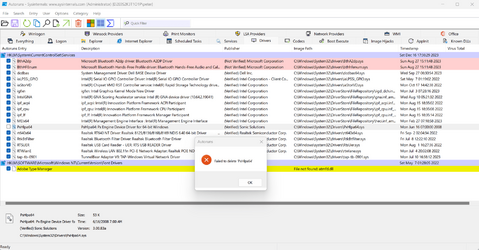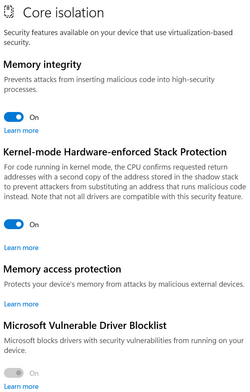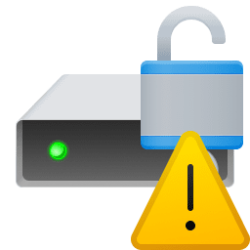The discussion has progressed beyond that point, it's now atYes it is safe to use, I've used it dozens of times, and the syntax they've suggested is the older style which is compatible with earlier operating systems. It does the same what @trumpy81 mentioned: -d means /delete-driver and -f means /force.
I would personally disable the associated service first, reboot and then delete the driver package. You might want to use the /uninstall option as well.
--------------------------
With
or
Without
quote...unquote
--------------------------
and
why the particular offending driver does not appear in the list of offending driver packages of pnputil
Read the whole thread.
My Computer
System One
-
- OS
- Windows 10 Pro




















